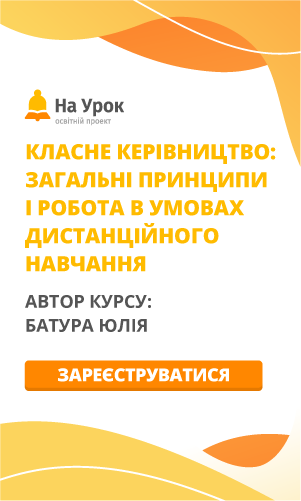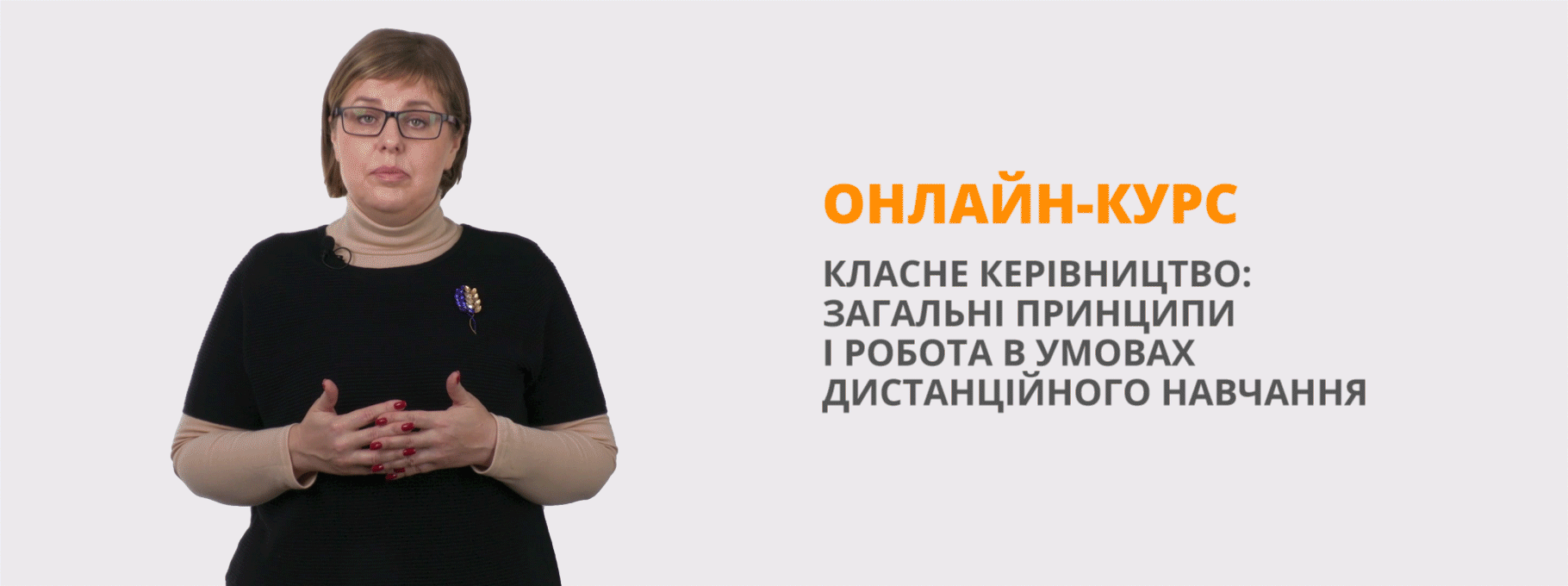Unit 1. "People and Relationship" Урок 8. Тема уроку: Що впливає на взаємини між людьми? Focus on Speaking
Unit 1. "People and Relationship"
Урок 8.
Тема уроку: Що впливає на взаємини між людьми?
Focus on Speaking
Мета уроку: розвиток навичок говоріння, практикувати вживання нових ЛО, розвиток мовної здогадки, розвиток навичок роботи в групі та в парах, розвиток мислення, виховувати самостійність, навчити вирішувати комунікативні задачі.
Очікувані результати: в кінці уроку учні можуть розповісти про справжню дружбу, про своє ставлення до дружби.
Тип уроку: урок засвоєння нових знань, умінь та навичок
ХІД УРОКУ
І. ОСНОВНА ЧАСТИНА УРОКУ
1. Warming up
Ball Toss Game
T.: stand up behind their desks or in a circle at the front of the room. Toss the ball to someone in the group, and ask them to call out a word that represents qualities of a healthy relationship (for example; trust, supportive, kind, fun…). Ask that person to then toss the ball to someone else. Each time a new student catches the ball, ask them to share a new quality… and so on.
2. Робота за підручником
Вправа 1 на сторінці 27
Учні працюють спочатку самостійно, читають тексти, а після складають подобні роздуми.
Friendship Stoplight Game
The object of this game is to decide which scenarios are most compatible with each of the following three statements: “these are bad signs in a friendship”, “these are warning signs in a friendship” and “these are good signs in a friendship”. Attach the appropriate answers to the board/wall beside the corresponding stoplight with tape or magnets. There are several ways that you can play this game. You can read the scenarios aloud and ask students where they think they best belong. You can give scenarios out to groups of students and they can arrive at a consensus. You can place the scenarios on overheads or on the document arm and ask volunteers to give suggestions. You might also consider placing the scenarios around the room and asking for volunteers to place them beside the proper stoplight on the board. No matter what pedagogical strategy you use to play this game, be sure that you ask students for explanations regarding their choices. The most important part of this activity is the discussion around whether each scenario constitutes a good, a warning or a bad sign in a friendship. It is in this arena that students will be able to discuss their various points of view. Your role in this game is to facilitate and mediate the conversations of your students. When there is disagreement, you might choose not to place the scenario beside one statement, but rather choose to set it aside for further debate and discussion. If the scenario clearly represents a bad or warning sign, be sure to make this clear for your students.
There are fifteen scenario cards. Five scenarios correspond with each coloured stoplight: red (unhealthy/bad signs), yellow (warning signs) and green (healthy/good signs). While there may be some discrepancies, the following is a list of suggested correct answers.
RED LIGHT: These are unhealthy/bad signs in a friendship.
1. You are afraid of your friend’s temper.
2. Your friend criticizes you or people you care about.
3. Your friend threatens to hurt you.
4. Your friend bullies and makes fun of you or other kids at school.
5. Your friend pressures you to do things you do not want to do.
YELLOW LIGHT: These are warning signs in a friendship.
6. You are nervous that if you tell your friend something personal, s/he will tell other people at school.
7. Your friend sometimes makes fun of you.
8. You rarely get to plan what the two of you will do together.
9. Your friend tells you not to hang out with certain people.
10. You say that you agree with your friend, even when you really don’t. You are afraid they won’t be your friend anymore if you disagree.
GREEN LIGHT: These are healthy/good signs in a friendship.
11. You usually feel happy when you are with this person.
12. Your friend respects your feelings and your opinions.
13. Your friend talks to you about his/her feelings.
14. Your friend is happy when good things happen to you.
15. You enjoy being with this person, but you also enjoy spending time with other friends.
IІІ. ЗАКЛЮЧНА ЧАСТИНА
3.1. Підведення підсумків.
3.2. Рефлексія
Що сподобалось на уроці?


про публікацію авторської розробки
Додати розробку
